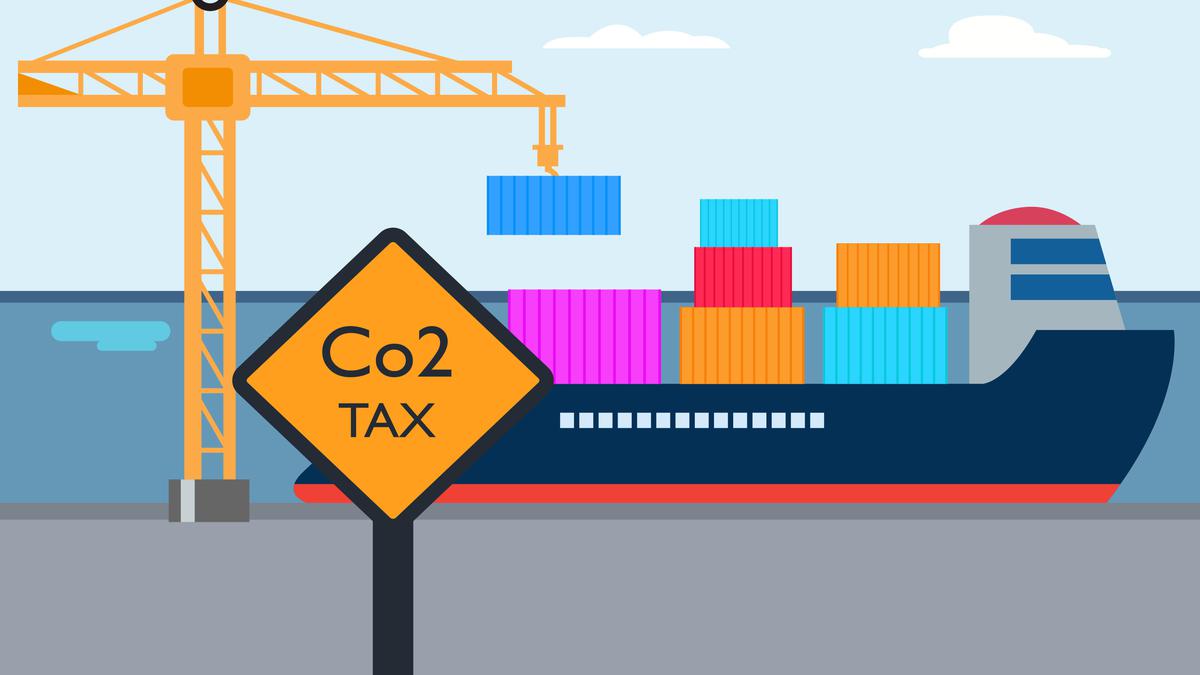The European Union (EU) has proposed a new carbon tax as part of its environmental policies. However, the Economic Survey suggests that this tax might be viewed as a protectionist measure.
Key Points
- EU Carbon Tax Proposal
- The EU is planning to implement a carbon tax to combat climate change.
- This tax will impose a cost on carbon emissions, aiming to reduce greenhouse gases.
- Economic Survey Perspective
- According to the Economic Survey, the carbon tax may have protectionist implications.
- The tax could potentially disadvantage non-EU countries and impact global trade dynamics.
- Potential Protectionist Effects
- The Economic Survey argues that the carbon tax might serve as a trade barrier.
- It could favor EU industries by increasing the cost of imports from non-EU countries.
Conclusion
While the EU’s carbon tax aims to address climate change, the Economic Survey raises concerns about its potential protectionist effects on international trade.
Multiple-Choice Questions (MCQs):
- What is the primary goal of the proposed EU carbon tax?
- A. Increase revenue for the EU
- B. Reduce greenhouse gas emissions
- C. Protect EU industries from foreign competition
- D. Promote international trade
- According to the Economic Survey, what potential issue could arise from the EU carbon tax?
- A. It could decrease EU’s trade with neighboring countries.
- B. It might be seen as a protectionist measure.
- C. It could lead to an increase in global warming.
- D. It may reduce the cost of carbon emissions globally.
- How might the EU carbon tax affect global trade, according to the Economic Survey?
- A. It could enhance global trade by reducing carbon costs.
- B. It may disadvantage non-EU countries and create trade barriers.
- C. It might lead to a decrease in EU’s environmental regulations.
- D. It will have no impact on international trade.
- What is a potential benefit of the EU carbon tax, as intended by its proponents?
- A. Boosting international trade
- B. Reducing carbon emissions
- C. Lowering the cost of energy
- D. Increasing EU export volumes
